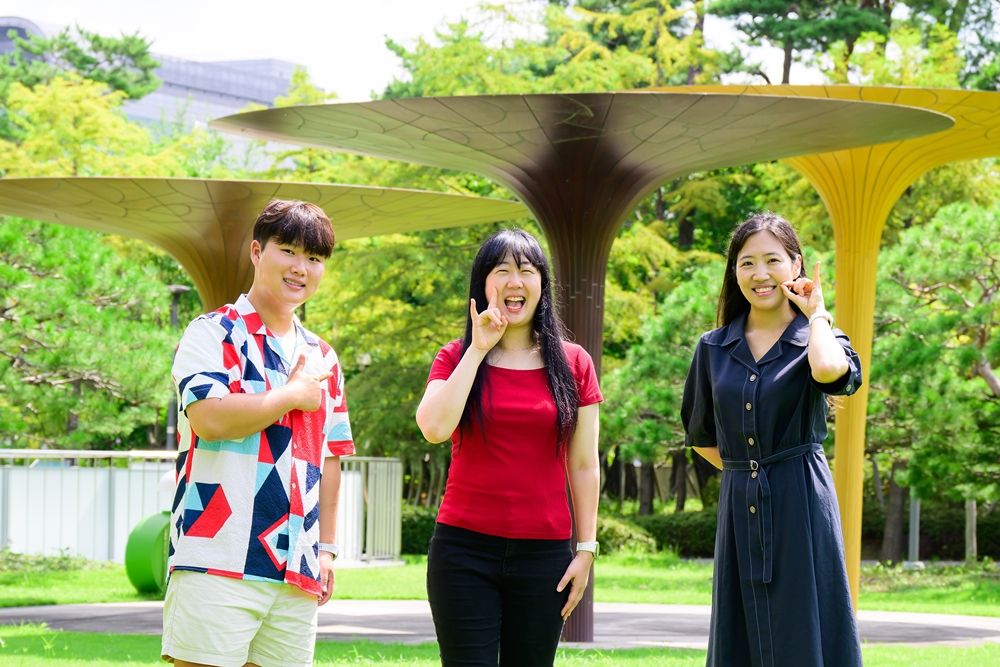Samsung just transformed mobile accessibility with One UI 8's breakthrough hearing features, developed directly with hard-of-hearing users. The update introduces real-time call captions, keyboard-based translation, and instant text calls that eliminate communication barriers. These AI-powered tools represent a fundamental shift from assistive features to universal design that benefits everyone.
Samsung just rewrote the playbook on mobile accessibility, and the breakthrough came from an unlikely source: direct collaboration with hard-of-hearing users themselves. The company's One UI 8 update, rolling out with the latest Galaxy Z series, introduces three game-changing features that transform how people with hearing challenges communicate through their devices. The development story reveals how Samsung's Samsung Supporters program—active in Korea and the UK—directly influenced product design. 'We listen closely to the valuable feedback from our Supporters about inconveniences and other challenges that traditional desk research might overlook,' Soohyun Lee from Samsung's Mobile eXperience Business told Samsung Newsroom. The program connects users with diverse accessibility needs directly to Samsung's development teams, creating a feedback loop that shaped One UI 8's most significant features. The first breakthrough addresses a core frustration: language barriers in noisy environments. Samsung's enhanced Interpreter now works through keyboard input, eliminating the voice requirement that previously limited Galaxy AI's translation capabilities. When users type in their native language, the device instantly generates real-time translations in both text and speech, splitting the screen to show original text and translation simultaneously. 'I love traveling with my family, but since both my parents and I are hard of hearing, communication has always been a big challenge—especially when traveling abroad,' Samsung Supporter Wansu Kim, an international sign language educator, explained. The feature proved transformative during his recent travels, allowing seamless cross-language conversations without voice input anxiety. Real-Time Call Captions tackles another critical gap: phone call comprehension. The feature transcribes both caller and receiver speech instantly, displaying text as conversations unfold. For users with hearing aids or cochlear implants, this eliminates the stress of missing crucial details during important calls. 'I used to feel nervous whenever I needed to make a hospital appointment or talk with a bank representative because it was so important to understand every detail,' Samsung Supporter Hajung Kim told the company. The captions function as what she calls 'a safety net' that enables natural conversation flow. The third innovation, Real-Time Text calls, addresses timing frustrations that plagued earlier accessibility features. Previous versions only displayed text after speakers finished talking—problematic during automated response systems where input windows expired quickly. One UI 8 now displays text the moment speaking begins, allowing users to follow along and respond without delay. These features represent broader industry movement toward universal design principles. 'Elevators were originally designed for wheelchair users, but today everyone benefits from them,' . The same philosophy applies to Samsung's accessibility tools—they solve specific challenges while creating broader utility. The development process itself challenges traditional product design. Samsung Supporters participate throughout the entire development cycle, from initial planning through testing and refinement. how the team communicates with Supporters daily, conducting online surveys and in-depth interviews to analyze issues and review solutions. This approach contrasts sharply with typical accessibility initiatives that treat accommodations as afterthoughts. positioned these features as core One UI 8 capabilities, not specialized accessibility tools tucked away in settings menus. The timing aligns with growing industry focus on inclusive design, as companies recognize that accessibility features often benefit broader user bases. The real-time captions, for instance, prove valuable in noisy environments regardless of hearing ability, while keyboard translation helps anyone communicating across language barriers in quiet settings. Samsung's approach reflects evolving understanding of disability and technology. Rather than creating separate 'accessibility versions' of features, the company integrated inclusive design from the ground up. This philosophy extends beyond individual features to Samsung's broader product strategy, as the company commits to 'Creating Better Pathways for All' across its device ecosystem.


